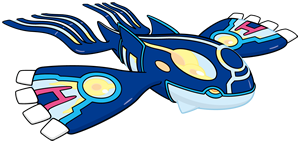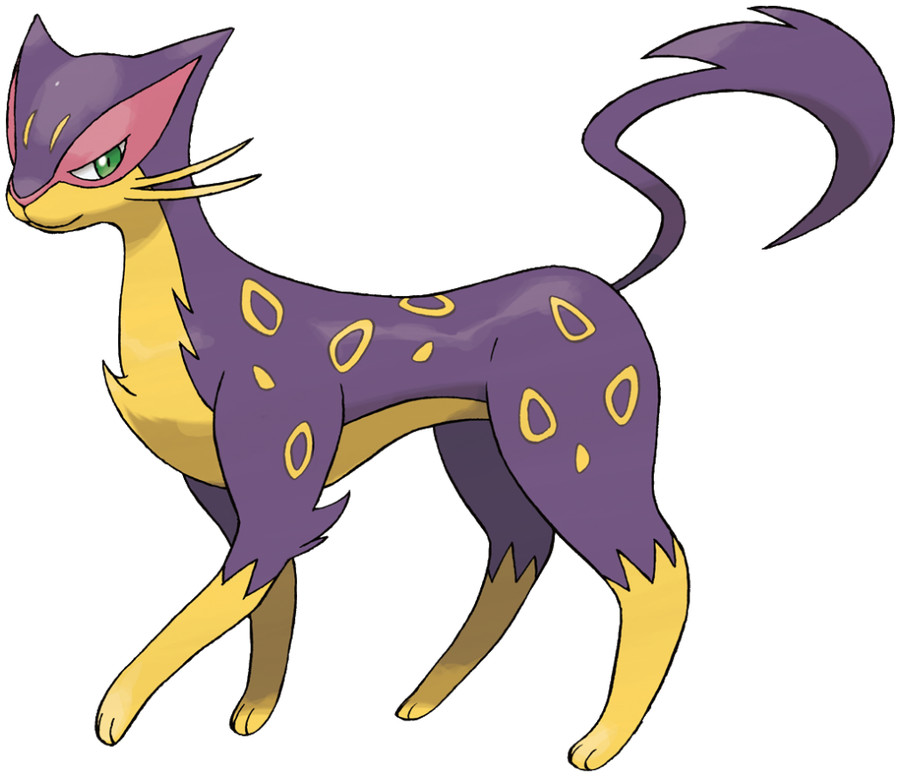With the 2019 World Championships behind us and Sword and Shield on the horizon, many Pokemon players and fans have their sites set already on the next generation. However, official competitive play remains on the 3DS with the 2019 Ultra Series rule set until January 4, 2020. That means four more months of restricted legendary Pokemon in VGC, and for players looking to get a head start on the 2020 season, keeping up with the post-world championship metagame is crucial.
Some major tournaments have already been taking place across the world and have been producing interesting results. Established archetypes have been consistent picks for top placings (with some tweaks here and there), but innovation has also seen success including a recent regional championship win over in the United Kingdom. Let’s explore how the Ultra Series metagame has evolved since the World Championships.
A Second Chance for Worlds Teams
Of course the World Championships are the first place players would look for ideas for teams in the coming months, and some players have either tried to resurrect their team from the event or use another team that performed well.

One of the most popular teams to steal from the top stages of the World Championships was Zheyuan Huang’s Top 16 team featuring Shedinja. This semi-unique take on the classic Xerneas/Primal Groudon archetype utilizes a much more defensive Mega Salamence designed to better handle the likes of Choice Scarf Tapu Lele and Tapu Koko with the Fairium Z in order to help the team deal with Mega Rayquaza. Shedinja has been a consistent choice on the most standard of these kinds of teams, and one of the best Shedinja players in the world, Melvin Keh, has continued to find success with a recent top 8 finish at the Melbourne Open.
 Another paragon of consistency is the core of Mega Rayquaza and Primal Kyogre that put on an impressive showing at the World Championships with two Top 8 finishes thanks to Alex Gomez and Eric Rios. Their particular team composition, utilizing Nihilego and Kartana, has been a popular choice simply for being the best team of this archetype in the World. Speaking of Primal Kyogre, it has been teaming up with Tornadus and Xerneas a lot more often ever since Stephen Mea and James Baek reached the Top 8 and Top 4 of the World Championships. Of course Tornadus hasn’t abandoned Primal Groudon either, but these variants have added some new techs like James Katsaros’ Smeargle and Alessio Yuri Boschetto’s Pachirisu.
Another paragon of consistency is the core of Mega Rayquaza and Primal Kyogre that put on an impressive showing at the World Championships with two Top 8 finishes thanks to Alex Gomez and Eric Rios. Their particular team composition, utilizing Nihilego and Kartana, has been a popular choice simply for being the best team of this archetype in the World. Speaking of Primal Kyogre, it has been teaming up with Tornadus and Xerneas a lot more often ever since Stephen Mea and James Baek reached the Top 8 and Top 4 of the World Championships. Of course Tornadus hasn’t abandoned Primal Groudon either, but these variants have added some new techs like James Katsaros’ Smeargle and Alessio Yuri Boschetto’s Pachirisu.
Surprisingly, a team resembling Naoto Mizubuchi World’s winning squad has largely remained absent from the two majors since worlds. The only recorded appearance of Lunala and Primal Groudon teaming up at all is a single team from the Sheffield Regional Championships Top 32. A team that has captivated more players is Hirofumi Kimura’s team that famously included Umbreon; although, players looking to replicate Kimura’s success have been replacing the once beloved Umbreon for Liepard. Oliver Eskolin and David Koutesh used this new Liepard variant to reach Top 8/16 of the Sheffield Regional Championships which seems to indicate that Liepard might a be a suitable or even better Pokemon for the team than Umbreon. Liepard has some traits unique to it like the ability Unburden which doubles its speed after consuming a Psychic Seed, Fake Tears to set up KO’s for the team’s special attackers and Encore to punish defensive plays from the opponent. Liepard isn’t a total replacement since it doesn’t share Umbreon’s bulk or movepool, but their roles overlap in some areas.
Necrozma’s Dusk Mane form was another striking aspect of this team, and Necrozma (especially in its Solgaleo-fused form) has been skyrocketing in popularity since the World Championships. Even Jamie Boyt has continued to revise his Worlds team by adding a Bisharp to assist his Necrozma combat Lunala.
Something Completely Different
Sticking to the standard is all well and good, but where’s the fun without shaking things up? A prominent example of successful innovation comes with Barry Anderson’s dominant win in Sheffield with Mewtwo. This team was centered around the move Gravity which forcibly grounds all Pokemon and even makes moves more accurate.
 Anderson took advantage of this with sleep-causing moves like Hypnosis and Grasswhistle while also boosting the accuracy of attacks like Primal Groudon’s Precipice Blades (which is able to hit Levitating and Flying-type Pokemon under Gravity) and Mewtwo’s Focus Blast. Combined with that level of disruption was the extreme offensive exerted by Mewtwo and Tapu Lele under Psychic Terrain and Primal Groudon’s ability to boost with Swords Dance. Anderson won the tournament undefeated in sets with a 20-4 record in games which is crazy for a team this unconventional.
Anderson took advantage of this with sleep-causing moves like Hypnosis and Grasswhistle while also boosting the accuracy of attacks like Primal Groudon’s Precipice Blades (which is able to hit Levitating and Flying-type Pokemon under Gravity) and Mewtwo’s Focus Blast. Combined with that level of disruption was the extreme offensive exerted by Mewtwo and Tapu Lele under Psychic Terrain and Primal Groudon’s ability to boost with Swords Dance. Anderson won the tournament undefeated in sets with a 20-4 record in games which is crazy for a team this unconventional.
Also in Sheffield was a team used by Guillermo Castilla that had Dialga, Ho-oh and a Mega Venusaur. This hodgepodge of defensive Pokemon appears to be the counter team to every thing we know about the Ultra Series metagame. Dialga can effectively wall Primal Kyogre and Mega Rayquaza not carrying Earth Power while also threatening Xerneas with the option for Trick Room and strong Steel-type attacks. Ho-oh walls Xerneas with its Fire-typing and sky-high Special Defense, but can also wall Primal Groudon provided it doesn’t have a Rock-type attack or Precipice Blades assisted by Gravity. Mega Venusaur seems like an odd pick considering how many common weaknesses it has, but with its ability Thick Fat it’s able to handle weaker Fire and Ice-type damage while also being able to threaten many common Pokemon with Grass/Poison-type coverage. Castilla was likely able to stop a bunch of common Pokemon in their tracks, and this kind of team may force some players to consider tech moves in order to beat these once thought “niche” Pokemon.
Expect this to be a trend for more and more successful teams going into the post-worlds era of VGC 2019. Classic archetypes will continue to be reworked and a few potentially new archetypes could be born in an attempt to completely turn the metagame upside down.
So don’t shift your attention completely away from Ultra Series just yet, as we’ve still got four more months of exciting Pokemon left to play on the 3DS.
You can like The Game Haus on Facebook and follow us on Twitter for more sports and esports articles from other great TGH writers along with Eric! (@aricbartleti)
Featured Image from Baz Anderson’s team report on YouTube.
